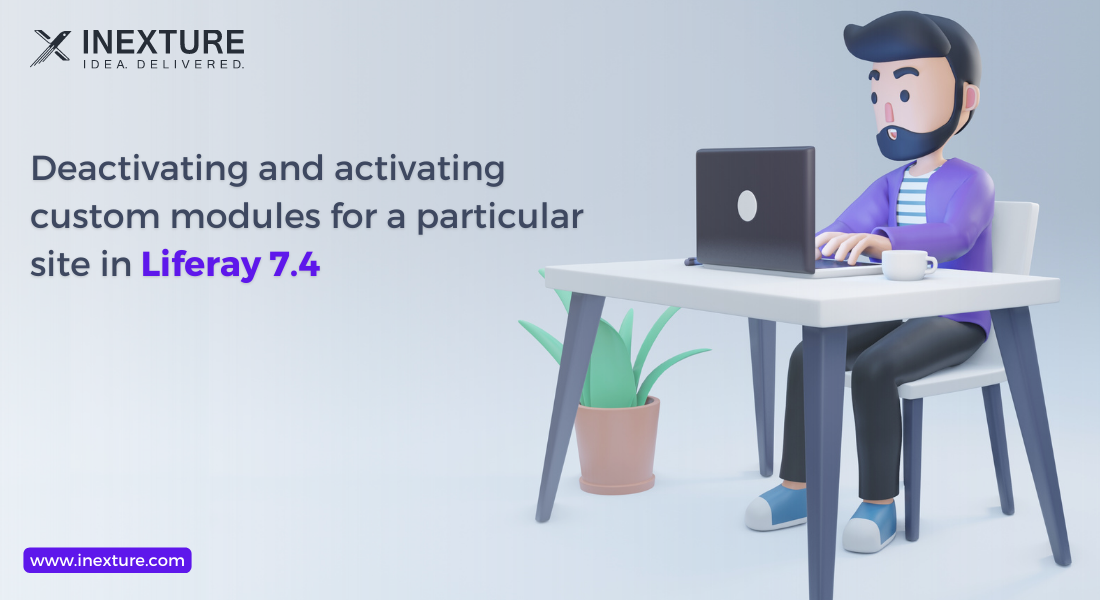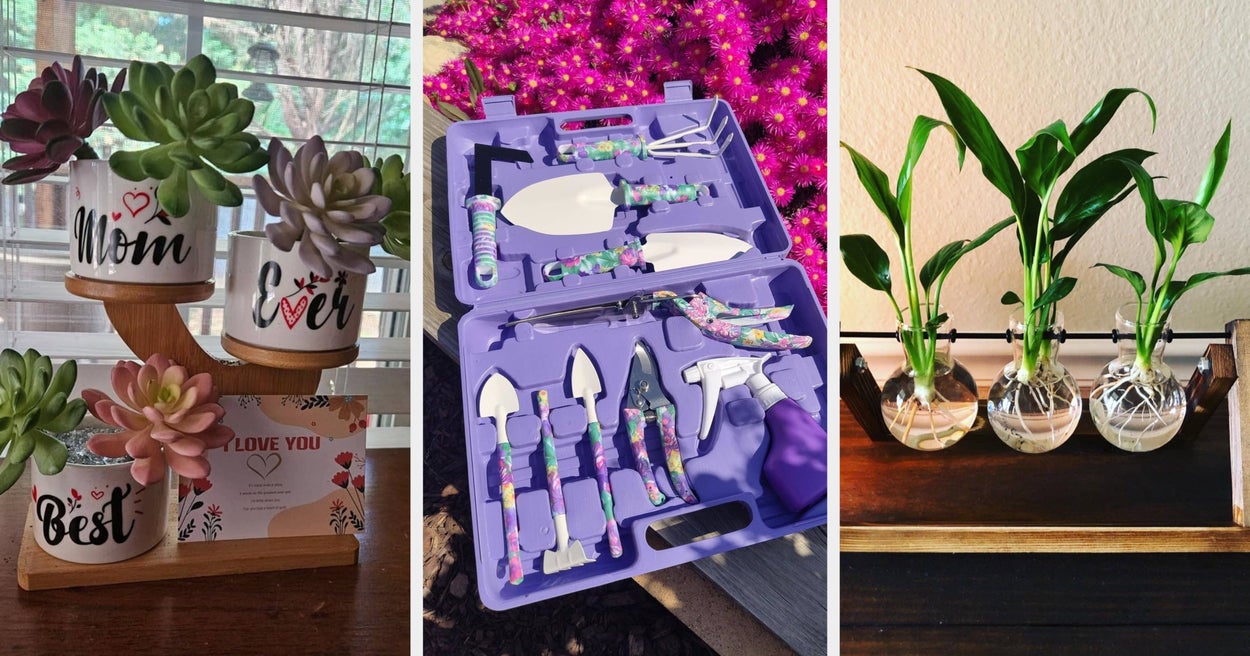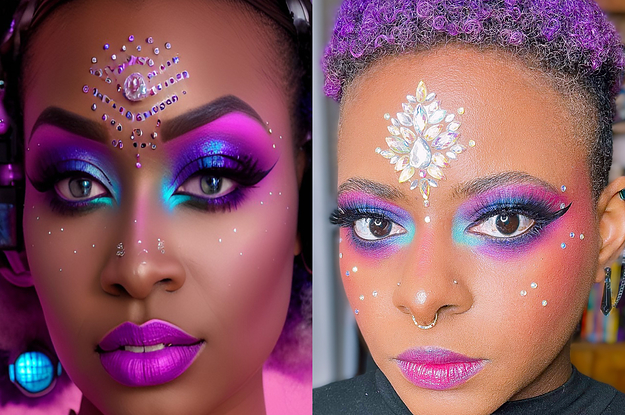Welcome to the definitive resource for developing startup products. Do you have an immense concept for a business but are having trouble putting it into action? Or are you already immersed in the startup scene but feeling disoriented by the wealth of available techniques and guidance for product development? Do not be alarmed; this thorough guide has you covered. Everything from ideation to team building to finance acquisition to launch marketing has been managed for you. So, let’s dive into the first steps toward acquiring the knowledge you’ll need to succeed.
Introduction
The definition of Startup Product Development is creating and releasing a new product by a startup company. A standard procedure must be followed to guarantee that the final product will appeal to the intended audience and be commercially viable.
Finding a market need the product can fill is the first stage in developing a product for a startup. The first step is doing market research to determine who you want to appeal to and what problems they have. After establishing a requirement, the following stage is to develop a product idea to meet it.
The next thing to do is build a prototype of the product. The only way to get there is to make, test, and iterate prototypes based on user feedback. Ensure your product is usable, accessible, and appropriate for your target market throughout this phase.
After a product has undergone all necessary design and development stages, it is ready to be released to the public. The first stage is creating a strategy to advertise the service or product and find new customers. The launch phase is essential since it determines the product’s long-term viability.
Finally, the startup must monitor the product’s performance once it has been released and make necessary improvements. Keeping up with the competition requires listening to customer suggestions, observing sales data, and releasing regular updates.
Overall, startup product development is a complex process that calls for extensive forethought, the study of the target market, and constant evaluation and modification.
Steps in Developing A Product
1. A unique idea is the key
The first step in product development is coming up with the concept. Market research, customer comments, group brainstorming, or paying attention to issues can help. Following compiling a list of potential product ideas, the following stage is to choose the most promising one.
Consider the following aspects when evaluating your product ideas: –
✓ Is there a genuine need that this product can satisfy?
✓ Is there a sizable interest in this?
✓ How fast and cheaply can this product be developed and introduced?
✓ Can I create and market this product using the means at my disposal?
After settling on a single product concept to develop further, the next step is to fill in the specifics. What are the product’s specifications if you, please? What’s our budget? How will you promote this? These questions will form the basis of a comprehensive plan to realize your goal.
2. From Idea to Concept
Once a potentially marketable product concept has emerged, the following stage evaluates its potential success. Proving that there is a need for your service or product and that customers are willing to pay to have it fulfilled is crucial to your firm’s growth. Several methods exist to help you check that your idea is solid:

1. Reach out to the best customers. Polls, in-depth interviews, and focus groups are just some methods that might be used. It is crucial to gauge consumer interest and reaction to your new proposition.
2. Look at similar products. Find out what the market wants and what other products like yours are selling for. In that scenario, perhaps you should launch a brand-new product.
3. Do some market research. The potential market’s size and the product’s demand must be understood.
4. Create a prototype. You may put your product idea to the test and hear what people think this way.
5. Launch a minimum viable product (MVP). It is a streamlined version of your product with only the elements necessary to satisfy your target market. Before releasing a fully-fledged product, testing the waters with a minimum viable product (MVP) and learning from users’ reactions is crucial.
3. Creating the design
The phases of product development that involve design and prototype are essential. Creating a prototype and giving it to potential purchasers can reveal more about your market, product, and assumptions.
Design and prototyping approaches have pros and cons. You choose the best strategy.
The three most frequent design methods are paper, digital, and physical prototypes.

✅Paper Prototyping: Paper prototyping is the fastest and easiest technique to test product viability. Pen and paper are sufficient. Paper prototypes can test user flows, UI designs, and interaction models.
✅Digital Prototyping: Digital prototypes are more realistic than paper prototypes but take longer. A digital prototype may test everything from the user interface to functionality and aesthetics. You’ll need a tool like Sketch or Adobe XD to create a digital prototype.
✅Physical Prototyping: Physical prototypes are the most realistic type of prototype. You can use them to evaluate the effectiveness of various designs for user experience, packaging, and production. However, developing such prototypes requires the most resources and effort.
4. Development process
The development period of a new product is foremost for a startup.
To determine whether or not its product will be successful in the market, the firm is now developing an MVP by prioritizing its most demanding features.
Further research and testing are necessary to guarantee that the finished product will satisfy customers and the business. The team designing the MVP should keep scalability, cost, and durability in mind as they work.
Developing a solid foundation at this stage sets up businesses for success in later phases, such as launch and growth. Successfully navigating these crucial steps takes creativity, collaboration, strategic thinking, and patience.
Startup product development is a challenging journey; however, it’s an exciting opportunity to bring innovative solutions into reality while contributing tremendously towards solving real-world problems.
5. Testing phase and kill bugs
As a startup, you must continuously evaluate and iterate your product to determine its market fit. For this, you will require an MVP that can be launched with your target audience.
To get it in front of your people as quickly as possible, your minimum viable product (MVP) should be easy to create quickly. Once your MVP is complete, you must begin collecting user feedback. It can be used to determine which features to include or exclude and how to improve the product for end users.
Remember that no feedback is ever guaranteed to be entirely decent, and try not to take any criticism personally. Take this time to educate yourself and refine your offering.
6. Dry run and internal use of the product
In startup product development, the concepts of dry run and internal use of the product are critical steps to ensure the success of the product launch. A dry run involves testing the product in a simulated environment, whereas internal use requires using the product within the startup’s internal team.
Starting with a product dry run is the first step. Before a product is delivered to the general public, it undergoes extensive testing in a simulated environment to find and fix any problems. The product’s readiness for the release cannot be guaranteed without this round of testing to rule out any lingering issues.
Once the startup has finished the dry run, it should focus on using the product internally. The startup team will rigorously test the product to uncover more faults and improve the user interface. The team’s involvement is essential to improve and make the product more user-friendly and identify and correct potential issues.
Team members who have used the product internally report feeling more prepared to answer consumer questions and resolve issues after its release. Having faith in the product among the team is helpful for selling it to potential buyers.
In summary, dry run and internal product use are critical steps in startup product development. They aid in detecting problems, enhancing the product’s user interface, and building trust in the product among the startup’s staff. By following these procedures, startups can boost their chances of a successful product launch and solidify their position as market leaders.
7. Launch in the market & Get feedback
Remembering who you want to buy your goods from is crucial. Your product needs to be appealing to your target market in order to be successful. Release your work when you’re ready!
Before introducing a product, carry the following points in mind:
A few things to consider before releasing a product are as follows:

👉Timing: Is there a perfect moment to release your product? Seasonality, holidays, and other events that may occur during the year should be considered.
👉Cost: How much money should you ask customers to pay for your product? You’ll want to ensure your price is competitive but also covers the costs of goods and productivity.
👉Promotion: To what end will you advertise this product? You can get the word out about your products using various methods, including online marketing, social media, public relations, etc.
8. Implementing version 2 for a better user experience
Improving the product’s performance, usability, and functionality through implementing version 2 is vital in developing a startup product. V2 is a refined and expanded update to the original product in response to user and market input.
The following are some steps to implement version 2 for a better user experience in startup product development:

✔️Gather customer input: To find out problem areas, it is crucial to gather input from customers who have utilized the product thus far. You can collect this information by conducting polls, in-depth interviews, or focus groups.
✔️Analyze customer feedback: Once the startup team has collected feedback, they should examine it for trends and recurring problems that need fixing in the next iteration. We can determine the most pressing difficulty using this data and go from there.
✔️Define the new features and improvements: Based on the feedback and analysis, the startup team has to outline the new features and enhancements for version 2. The primary goal of these updates and additions should be to enhance the user experience by fixing the most pressing problems.
✔️Develop a plan for version 2: Timelines, resources, and assigned roles should all be planned out in detail by the startup team before launching version 2. This plan should be based on realistic timelines and available resources.
✔️Implement and test version 2: The startup team should begin implementing version 2 immediately after developing the strategy, including coding, testing, and debugging. It is crucial to perform extensive testing on the new features to guarantee their proper functioning and to address any issues that crop up during testing.
✔️Launch version 2: After testing, the startup team should launch version 2 to the public, including marketing and promotion, to attract customers. The startup should also collect customer feedback using version 2 and continue improving based on that feedback.
Implementing version 2 for a better user experience is crucial in startup product development. By collecting feedback, analyzing it, defining new features and improvements, developing a plan, implementing and testing, and launching version 2, startups can improve the user experience, attract new customers, as well as make a name for themselves as industry leaders.
Tips for Effective Product Development

1. Define your target market: Who is your product for? What needs does it address?
2. Keep your products simple: Product complexity increases the risk of going wrong. Stick to the essentials, and don’t try to pack too much into one product.
3. Verify your ideas: Verify the market’s interest in a product before devoting resources to its creation. Contact your target audience and hear what they say about your product.
4. Plan for manufacturing: After finalizing the product’s design, consider the manufacturing options. Consult a manufacturer or a team of product developers with experience transitioning from prototype to production model.
5. Budget for marketing and sales: After releasing your product, you must remember to promote and sell it. Make sure to factor in these costs when creating your overall budget for product development.
FAQs
Q1: What is product development?
Ans: Developing a new product or service from scratch is known as product development. The process starts with recognizing a market need or issue and then moves on to solution creation, testing, and eventual commercialization.
Q2: What are the steps involved in product development?
Ans: Product development entails several phases, including conceptualization, market analysis, design, prototyping, testing, finalization, release, and maintenance.
Q3: What is the importance of market research in product development?
Ans: The identification of consumer demands, preferences, and behaviors is made possible by market research, which is crucial for product creation. The product design that appeals to the target market can then be done using this knowledge.
Q4: What is a minimum viable product (MVP)?
Ans: The goal of an MVP is to gain early adopters’ interest and feedback to guide the product’s evolution. A product’s viability can be verified, and the likelihood of failure lessened with its help.
Q5: How do you improve a product after launch?
Ans: Collecting client input, analyzing data, pinpointing improvement areas, and rolling out updates are all part of post-launch product improvement. Long-term commercial success necessitates dedication to constant development.
Conclusion
Successfully introducing a brand-new product to the market might be difficult, but it doesn’t have to be. Startups now have the information and resources necessary to master startup product development, from the inception of an idea through launch, thanks to our guide. With the help of our comprehensive guide, you’ll be well-equipped to face the difficulties involved in creating a hit product and long-term success.






Leave a Reply